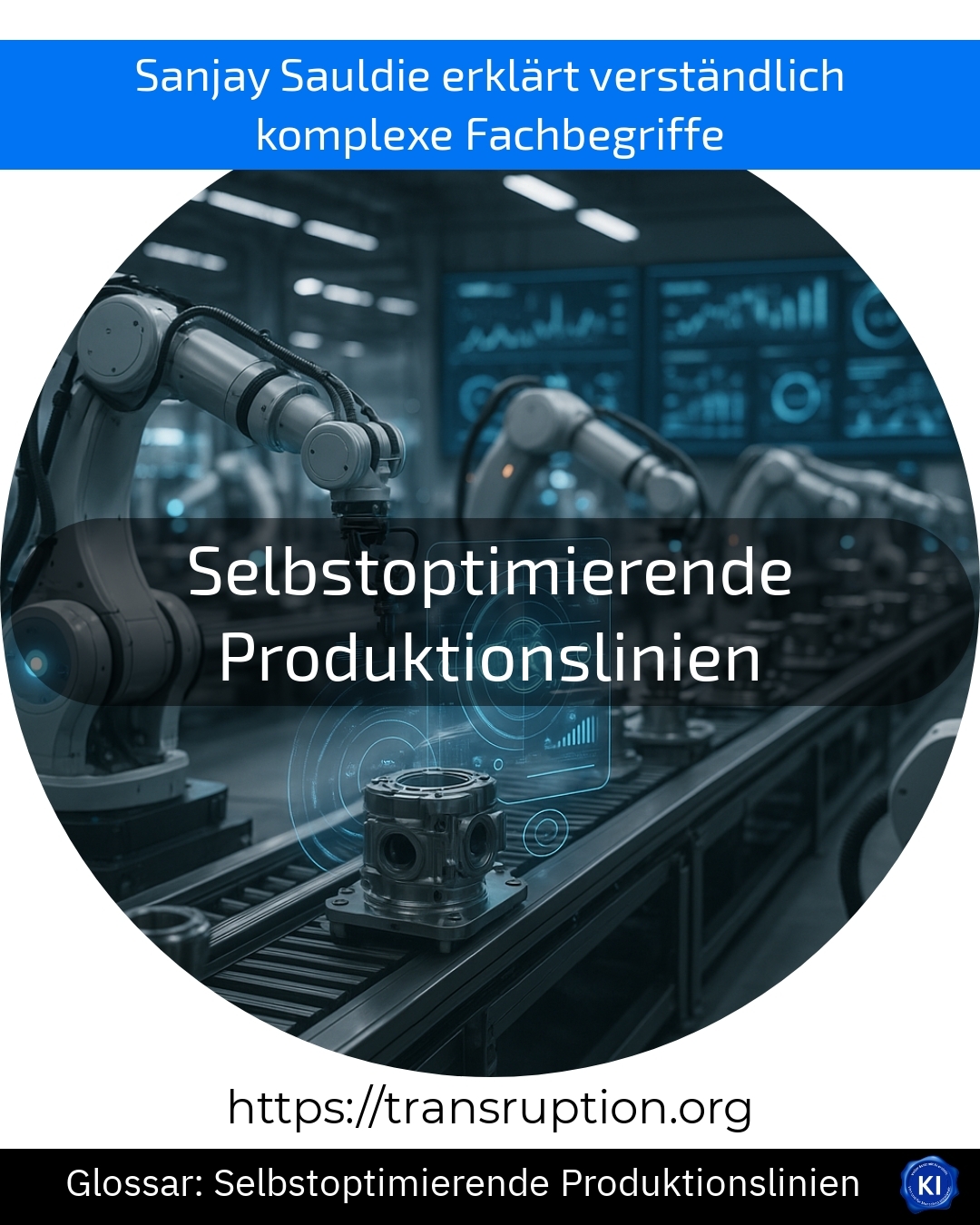The term self-optimising production lines is particularly at home in the fields of automation, industry and Factory 4.0 as well as artificial intelligence. It refers to modern production lines in factories that adapt and improve themselves independently with the help of intelligent systems.
This means that machines and systems are networked with each other and exchange data in real time. They can recognise faults, correct errors independently or adapt their workflow if, for example, demand changes. The aim is to have fewer breakdowns, ensure consistently high product quality and save resources such as energy or raw materials.
An illustrative example: In a car factory, sensors and intelligent control systems monitor the status of the assembly line. If they notice that a robot arm is no longer working precisely, they not only report this, but also immediately readjust it or call in a replacement. At the same time, the system adjusts the speed so as not to disrupt the production flow. In this way, everything runs as smoothly as possible - without any permanent human intervention.
Self-optimising production lines make factories more efficient, flexible and future-proof. They are a central component of so-called "smart factories".















